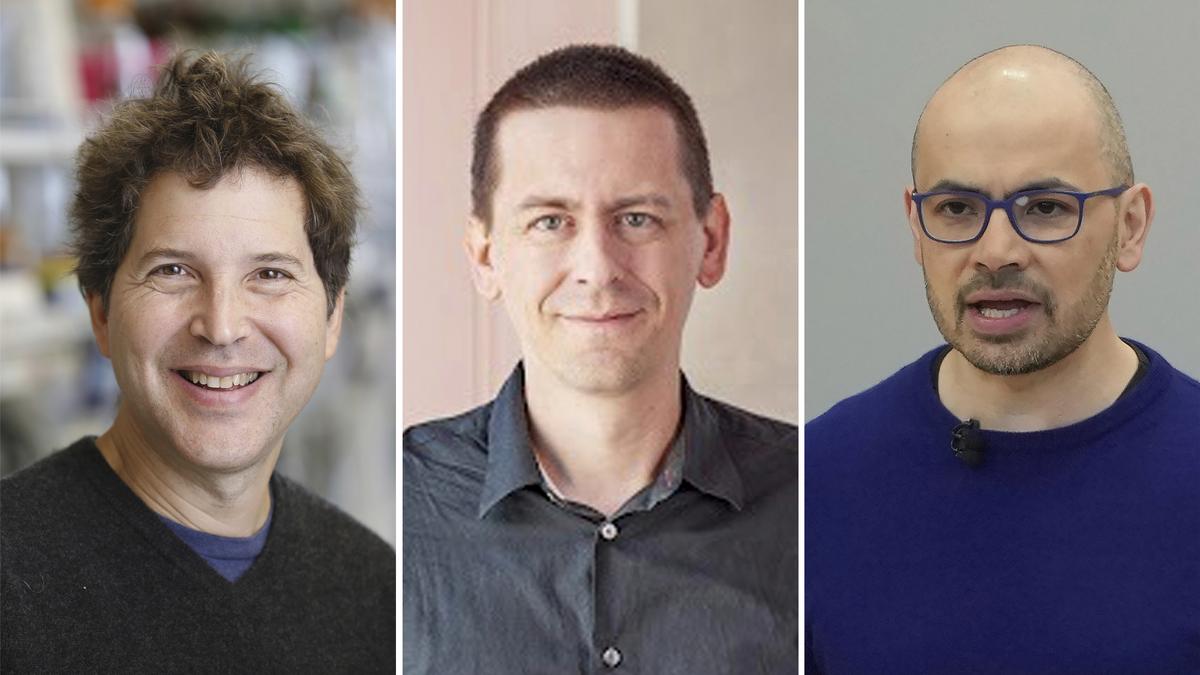
Tools to design proteins, predict structure win 2024 chemistry Nobel | Explained Premium
The Hindu
Nobel Prize in Chemistry: he arrangement of amino acids relative to one another determines which function a particular protein will serve. Which is why, understanding the shapes of proteins is the key to understanding how life works.
The story so far: The 2024 Nobel Prize for chemistry was jointly awarded to David Baker for his research in the field of computational protein design and to Demis Hassabis and John M. Jumper for their work in protein structure prediction. The Swedish Academy of Royal Sciences announced the winners on October 9.
The chemistry prize concerns two areas in the field of protein research: design and structure.
All life (as we know it) requires proteins and all proteins are made of amino acids. While there are many types of amino acids in nature, only 20 of them in different combinations make up all the proteins in the human body and in most life-forms.
Amino acids are found in tissues — like muscles, skin, hair — that provide structural support, serve as catalysts for biochemical reactions, transport molecules like oxygen across biological membranes, control muscle contraction which lets us move and walk and makes our heart beat, and regulate cell communication that allow different functions to occur efficiently.
The arrangement of amino acids relative to one another determines which function a particular protein will serve. Understanding the 3D shapes of proteins is thus key. Scientists have spent decades trying to decode this. In 1962, University of Cambridge researchers John Kendrew and Max Perutz won the chemistry Nobel Prize for elucidating the first 3D models of haemoglobin and myoglobin (both proteins) using X-ray crystallography. In 1961, Christian Anfinsen found that a protein’s 3D structure is governed by the sequence of amino acids in the protein, and he won the 1972 chemistry prize.
One notable breakthrough arrived in 1969, when scientists found that a protein doesn’t try to bend into different shapes before settling into its final one. Instead it somehow knows the shape it needs to get to and gets there very quickly. The mysterious nature of this ‘knowledge’ of the protein is called the protein-folding problem.
By the late 2010s, scientists had worked out the structures of around 1.7 lakh proteins — a large number yet still small compared to the roughly 200 million proteins in nature. This situation changed drastically around 2018.

The Leela Palace Chennai presents the seven edition of Shefs at The Leela in collaboration with ‘Dean With Us’ — the mother-daughter duo of Rupali and Akansha Dean. The event honours the transformative role of Indian women chefs who are shaping the future of gastronomy. After past editions hosted across Bengaluru, Gurugram, Chennai, and Jaipur, the seventh edition in Chennai will bring together four women chefs — Sambhavi Joshi, Taiyaba Ali, Sehaj Ghuman and Bunuma Patagiri, who will bring their years of expertise into curating a menu that speaks both of their work and India’s diverse culinary heritage.




















 Run 3 Space | Play Space Running Game
Run 3 Space | Play Space Running Game Traffic Jam 3D | Online Racing Game
Traffic Jam 3D | Online Racing Game Duck Hunt | Play Old Classic Game
Duck Hunt | Play Old Classic Game










